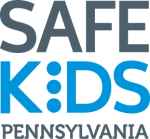
CAR & ROAD SAFETY
Seat Belt Safety
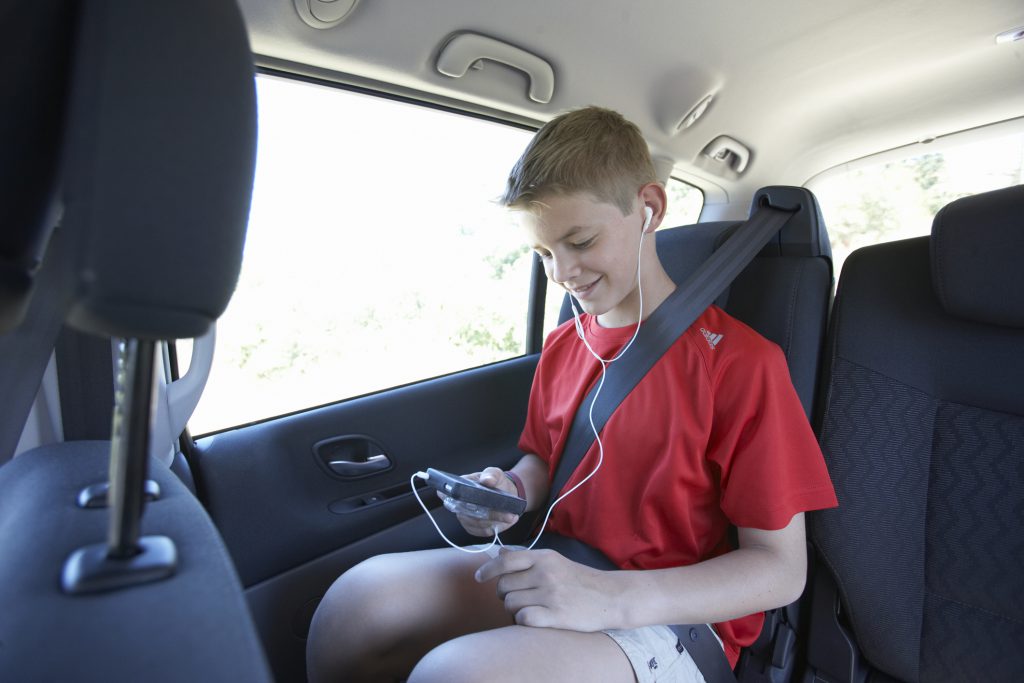 By Pennsylvania law, every child 16 and under must be restrained in a proper safety seat for their age. Non-compliance is a primary offense in Pennsylvania.
By Pennsylvania law, every child 16 and under must be restrained in a proper safety seat for their age. Non-compliance is a primary offense in Pennsylvania.
More than half of teens (13-19 years old) who died in crashes in 2018 were not buckled up at the time of the crash. Seat belt use is one of the most effective ways to save lives and reduce injuries in crashes.
Caretakers should insist on seat belts on every trip, model that behavior, and increase awareness of seat belt safety. Here are a few tips to make buckling up a part of every car ride.
Safety Tips
- Seat belts are designed to hold passengers in place and in conjunction with the airbag to provide optimal protection. Passengers are safer in the vehicle then outside the vehicle. Buckle Up!
- The safest position for all passengers is the back seat. Children should ride in the back seat until they are 13. Air bags, which typically are located in the front seat, can cause injuries to adults and severe injuries to small children if they are in the front seat during a crash.
- When adults wear seat belts, children will wear seat belts. So be a role model and buckle up for every ride. Be sure everyone in the vehicle buckles up, too.
- We know kids like to slouch or lean against the windows during the drive, but it makes a difference in terms of safety. Have your child sit upright when using a safety seat belt.
- Use a booster seat with the vehicle lap AND shoulder safety belts until your child passes the safety seat belt test.
Safety Belt Fit Test
When your child reaches 4 feet 9 inches, use the Safety Belt Fit Test to determine if the child is ready to use the adult seat belt without a booster. Use the test on every child under 13.
- Can the child sit all the way back against the auto seat? Have your child sit in a back seat with their bottom and back against the vehicle’s seat back. Can your child stay in that position through the duration of the trip? If yes, go on. If not, the child must remain in a booster seat.
- Do the child’s knees bend naturally at the seat’s edge? If yes, go on. If not, the child must stay in a booster seat.
- Buckle the seat belt. Does the lap belt stay low on the hips? If yes, go on. If it rests on the soft part of the stomach, the child must stay in a booster seat.
- Look at the shoulder belt. Does it lay centered on the collarbone and shoulder? If yes, go on. If it is on the face or neck, the child must remain in a booster seat.
- Can the child maintain the correct seating position with the shoulder belt on the shoulder and the lap belt low across the hips for the whole trip? If yes, the child has passed the Safety Belt Fit Test. If no, the child should return to a booster seat and re-test in a month.


